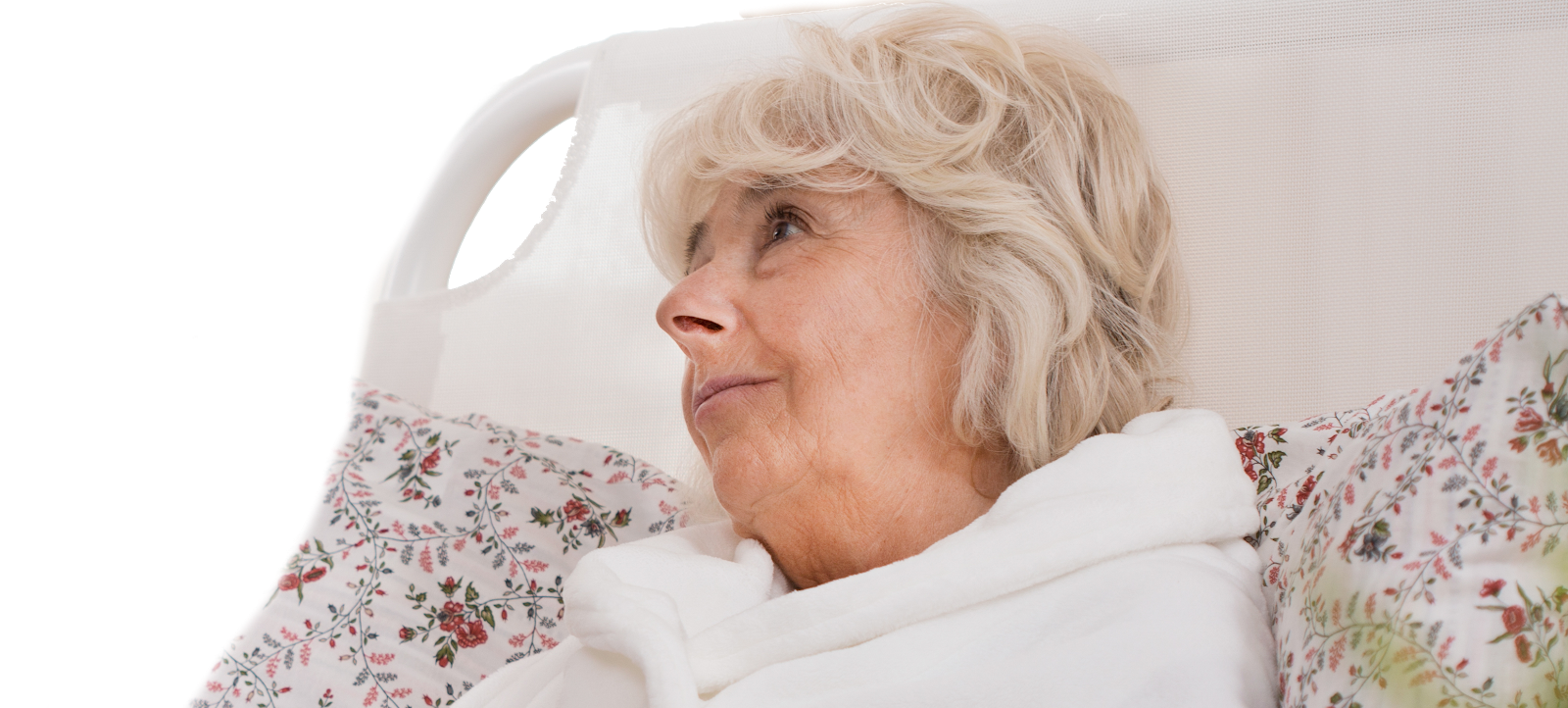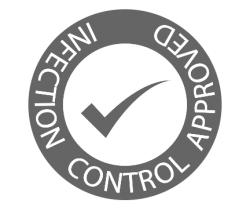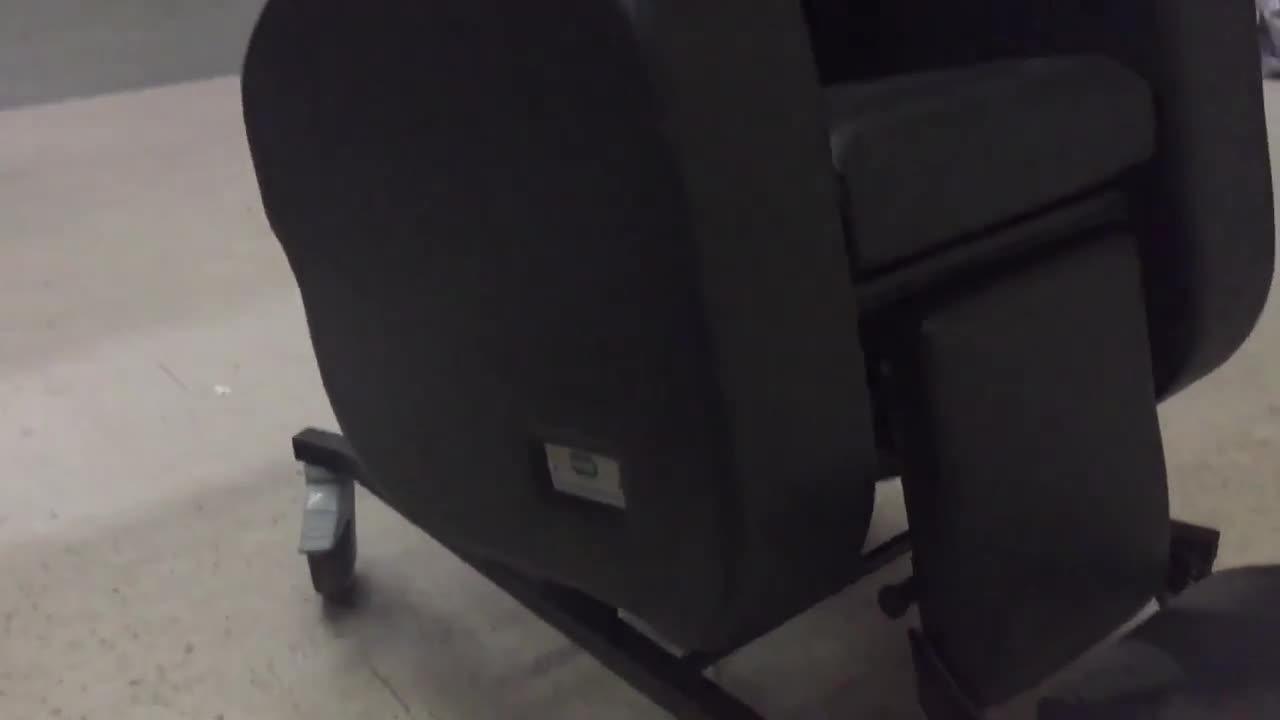Ease of Use
Surprisingly, ease of use is often an afterthought when it comes to purchasing any new equipment, let alone an assistive device. How easy is the chair to operate? If you are buying the chair for yourself, perhaps you already have some knowledge of how to use it, but are you purchasing a chair for a user to operate on their own or is a staff member given the new chair and expected to figure it out on their own? Extra features may seem like a great idea, but consider how intuitive they are when used for the very first time.
For a multi-user environment like a hospital ICU, how many patients will be using the chair over time? If multiple users are using the chair, be sure to look for an adjustable one, but don’t forget to ask how easy these adjustments are to make. Some adjustable geri chairs require specialty tools to adjust parts. If you find a chair of interest, ask the company how they will provide you with technical support should you need it. For instance, Seating Matters provides phone and in-person support where possible, but to make troubleshooting even easier, we have compiled a public video library of “How To” videos.
You can browse our entire technical support library here.

Comfort Level
You’ve most likely already considered comfort for any kind of furniture you’ve bought in the past, hospital grade or not. Therapeutic seating is no different, as comfort is one of the first things a patient notices when they are seated in their chair. Options like memory foam, pressure relief cushions, or air and gel pads, can provide additional comfort. As long as the
4 Principles of Pressure Management are being met, patients sitting for long periods of time are not at risk of pressure injuries among other negative side effects.
Something often overlooked, like a footplate, can add significant levels of not only comfort, but pressure support. If you’ve spent time reading some of our articles before, you know that the footplate absorbs 19% of a person’s body weight. Some patients may also benefit from an option to prop their feet up – either to prevent falling from their chair or to encourage healing on lower extremities. Conversely. others may need to keep their feet lowered if they experience tight hamstrings or contractures. This brings me back to my point about ease of use (adjustability), to ensure multiple users can sit comfortably and without causing further damage.
It sounds extremely cliché for me to say this, but you would never buy a car without test driving it first. So why would you buy any assistive device without trying it out first? We recommend patients test out a chair first before concluding that it fits care needs. You can book a free trial with one of our therapeutic chairs by clicking here.

Safety
If you work in a care environment, this is likely one of the first considerations you make when purchasing a chair (and for good reason). Safety is a large topic in healthcare, and to keep this article short, I’ll focus on three different areas pertaining to safety in a pressure relief chair: infection control; weight/height restrictions; and fall prevention.
Is the chair Infection Control Approved and is it easy to clean effectively with hospital grade cleaning agents? It’s helpful to ask a company what materials their product is made out of and ensure that they are easy to clean. Even better is to find a chair that easily comes apart and can be more thoroughly cleaned. Removable arms, cushions and even footplates make cleaning quick and easy.

Of course, you can’t forget there are height and weight restrictions on different chairs. While these considerations are still valid for someone buying a bariatric or child’s chair, someone over 600 lbs or over 7’ tall will likely need to seek a chair that can accommodate their measurements.
What about fall prevention? Have you considered patients suffering from involuntary movements, muscle weakness, lack of trunk control, that may also use the chair? Is the chair compatible with every unique patient or is yours at risk of an accidental fall?
Warranty
Unfortunately, not all medical equipment comes with a warranty. Even if it does, warranties can vary drastically. It should go without saying that healthcare equipment isn’t cheap. And like most things, you get what you pay for. If you are investing a couple thousand dollars into a chair, mattress or other equipment, do yourself a favor and protect your investments.
At Seating Matters, our chairs come with a built in 7 year frame warranty. With responsible use, we also cover upholstery for up to 1 year. We are proud to see many 7-10 year old chairs, like this one below, still in use today.

Proven In Real-World Scenarios
As obvious as this may seem, it is the most overlooked aspect in chair selection. Designs may sometimes seem sound, but things can change once a patient tests a new prototype. At Seating Matters, we have been continually improving on the design of our chairs since 2008 to provide the very best in pressure management, postural support, comfort and ease of use. In addition to this, we carried out clinical field research in three nursing homes to identify the importance of therapeutic seating in elderly patients. We saw a significant reduction in pressure injury incidence and fall prevention without the use of restraint. You can read more about our clinical testing here.
This is just an overview of considerations that facilities or family members should consider prior to purchasing a pressure management chair. These points apply no matter whether you are looking at adult, child or bariatric chairs, and are a good way to begin your research. There is no “one size fits all” approach to seating every patient and sometimes customizations or added accessories are needed. For these patients, we recommend they are seated in one of our chairs before determining whether or not it will do the job. Some will know immediately, others need a bit of time in their seat.
We provide demonstrations as well as a rental programs to individuals or facilities, as well as provide demonstrations for home care.
Click Here to Request A Free Chair Demonstration or email contact@seatingmatters.com for more info.
** This post was originally published on http://blog.seatingmatters.com/seating-for-the-elderly



